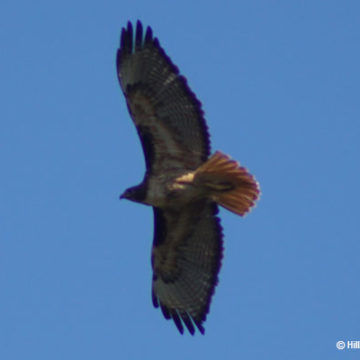Biodiversity Day
Today is Biodiversity Day. In honor of the unique plants and animals in Southern California we encourage you to discover nature. Review these nine ways you can support the Puente-Chino Hills Wildlife Corridor today and every day. Visit Chino Hills State Park Volunteer Learn more & Donate Learn about the residents of the Puente-Chino Hills Wildlife Corridor and their needs. All living things need: Many of us are afraid of wild animals and see them as a threat. In reality, … Read More


